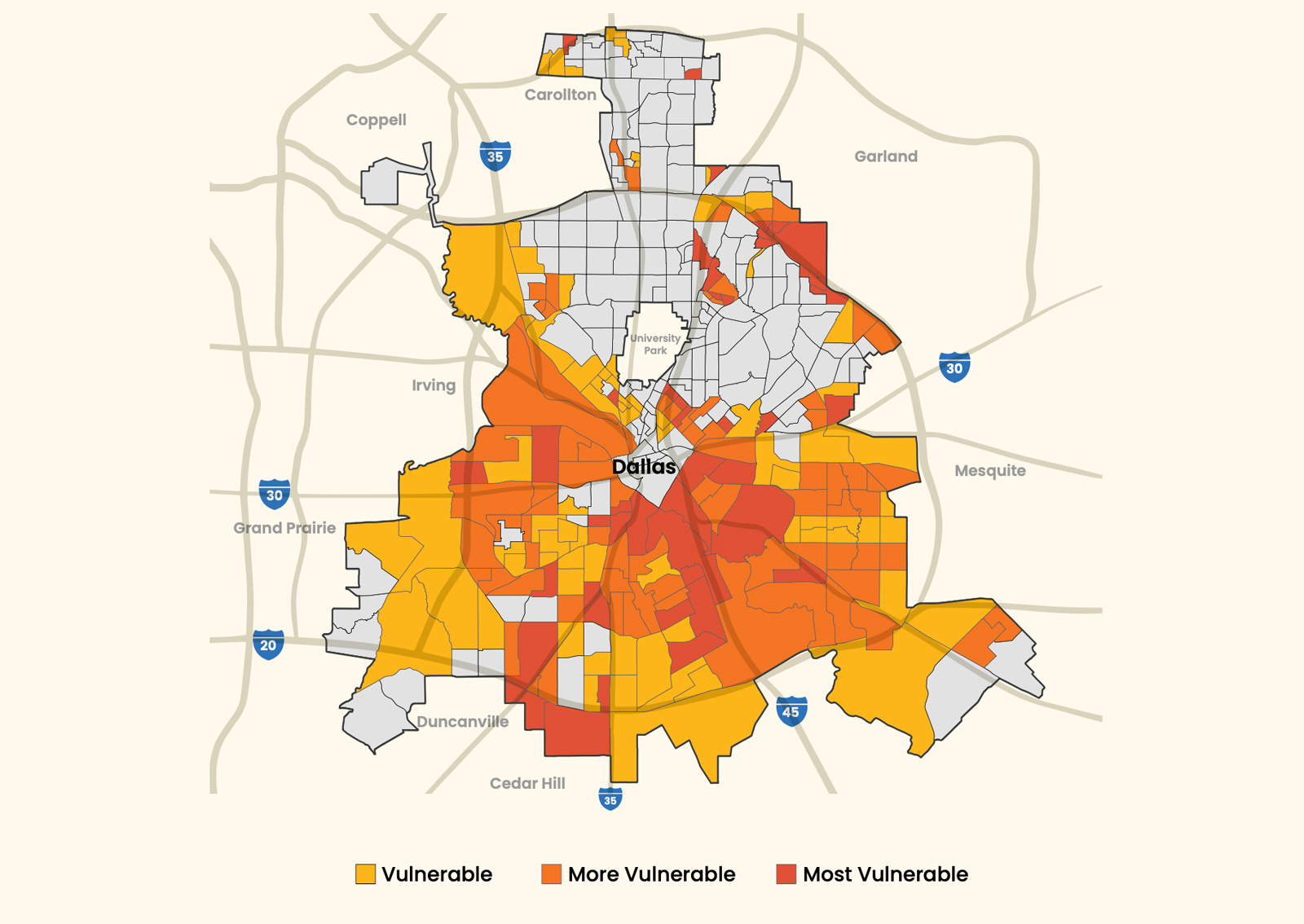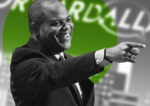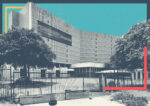Gentrification isn’t done with Dallas.
About 20 percent of Dallas’ neighborhoods are in the early stages of gentrification, the Dallas Morning News reported, citing an analysis by nonprofit developer Builders of Hope. Areas such as Ledbetter in West Dallas, Red Bird in southern Dallas and Vickery Meadow in northeast Dallas were identified as neighborhoods where residents are most at risk of displacement.
The nonprofit outlined policy recommendations to mitigate displacement, based on case studies in West Dallas, South Dallas and Vickery Meadow.

In West Dallas, strategies include property tax relief funds, securing heirs’ properties, and targeted home repairs to help stabilize the community.
South Dallas, where most residents are renters, could benefit from non-traditional homeownership models, public land set aside for affordable housing, and neighborhood stabilization vouchers.
In Vickery Meadow, a culturally diverse area with many migrants living in low-rent apartments, recommendations include stronger tenant protections, rehabilitating naturally affordable housing, and funding tenant organizing initiatives.
The nonprofit’s findings were supported by policy experts Heather K. Way of the University of Texas at Austin and J.H. Cullum Clark of the George W. Bush Institute. JPMorgan Chase Foundation and The Dallas Foundation funded the study.
Given Dallas’ pace of gentrification, renters earning the median income will be able to afford only 21 percent of the rental units in the local market by 2032, while homebuyers will be able to afford less than 2 percent of homes available.
The affordability challenges are already significant. Between 2012 and 2022, the share of affordable homes in Dallas dropped from 44 percent to 12 percent, while affordable rental units decreased from 50 percent to 30 percent.
Tackling gentrification — generally defined as the transformation of a neighborhood through new investment and wealthier residents — will require collaboration across various stakeholders and sectors, said James Armstrong, president and CEO of Builders of Hope.
— Andrew Terrell
Read more



